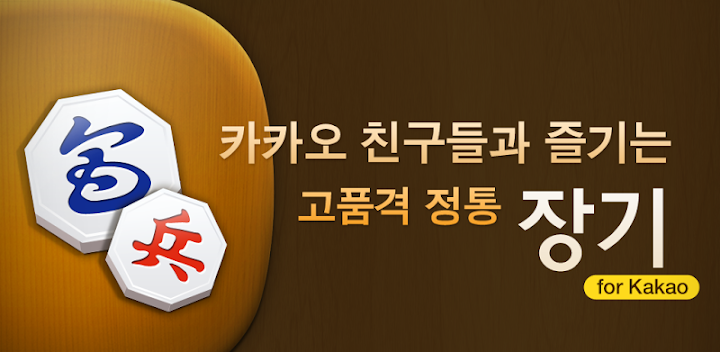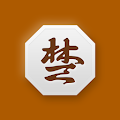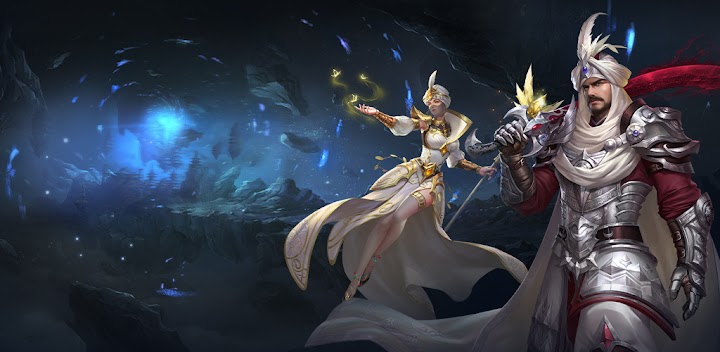장기 is a strategic board game originating from China, also commonly known as Chinese Chess or Xiangqi. It involves two players moving pieces across a gridded board with the objective of capturing the opponent’s general.
장기: The Ancient Korean Game of Strategy
Introduction
장기, also known as Korean chess, is a fascinating traditional strategy board game that originated in ancient Korea. The game is often compared to its Western counterpart, chess, but it has its own unique set of rules and gameplay. In this article, we will delve into the world of 장기 and explore its history, rules, and strategy.
A Brief History
The exact origins of 장기 are unclear, but it is believed to have been played in Korea for over a thousand years. The game has deep roots in Korean culture and has been played by people from all walks of life, from royalty to commoners. 장기 was once considered a diversion for the elite and was even used as a means of testing intelligence among scholars.
During the Joseon Dynasty (1392-1897), 장기 gained popularity among the noble class, and specialized 장기 academies were established to train players. It was during this time that the rules and techniques of 장기 were systematized.
The Game Board
장기 is typically played on a board consisting of 9 lines horizontally and 10 lines vertically, resulting in an 8×9 grid. The lines intersect to form 90 intersections, which are the play positions for the game’s pieces. Each player has sixteen pieces, which are placed on opposite sides of the board.
The Game Pieces
장기 pieces are rectangular in shape and have symbols written on them in the classical Korean script, known as Hanja. There are six different types of pieces in 장기:
- General (Jeonggun): The most important piece in the game, representing the king. It moves one step in any direction.
- Guard (Sang): Two guards flank the general, offering protection from enemy attacks. They move one step diagonally.
- Elephant (Sah): Two elephants move in an “L” shape, consisting of two steps in one direction and one step perpendicular to it.
- Horse (Ma): Two horses move in an “L” shape, consisting of one step in any direction followed by one step diagonally.
- Chariot (Cha): Two chariots move horizontally or vertically any number of steps.
- Cannon (Po): Two cannons move like chariots, but they require a barrier, called a screen, to capture opposing pieces.
Gameplay and Objective
The objective of 장기 is to capture the opponent’s general (jeonggun) by placing it in a position where it cannot escape. The game begins with the two opposing armies facing each other on the board.
Players take turns moving their pieces. Each piece moves according to its own unique rules, as mentioned earlier. Pieces can capture an opponent’s piece by landing on its position, with the exception of the cannon, which requires a screen to capture.
Strategically, players must create a balance between attacking and defending, as leaving their own general vulnerable can lead to defeat. It is essential to protect the general at all costs while simultaneously planning offensive maneuvers to capture the opponent’s general.
Strategy and Tactics
Like chess, 장기 requires strategic thinking and planning. Here are some key strategies and tactics to keep in mind while playing:
- Protect the general: The general is the most important piece, so always ensure its safety by keeping guards close and defending its position.
- Control the center: Dominating the central area of the board gives you greater mobility and control over the game.
- Coordinate piece movements: Develop a coordinated approach by moving pieces in a way that supports and complements each other’s positions.
- Use sacrifices wisely: Sometimes sacrificing a piece can lead to a greater advantage or create an opportunity for capturing the opponent’s general.
- Capture opponent’s key pieces: Eliminating key enemy pieces such as the guards, elephants, or chariots can weaken the opponent’s defense and increase your chances of victory.
- Plan for endgame: As the game progresses and the board opens up, plan your moves to set up checkmate or a position where the opponent’s general has limited options.
Popularity and Evolution
장기 remains a popular traditional game in Korea and is played by enthusiasts and professionals alike. Over the years, the game has adapted to the modern era with online platforms and mobile applications offering opportunities to play online.
Additionally, variations of 장기 have been developed, including smaller board sizes for quicker games and even three-player versions, adding a new layer of complexity and excitement.
Conclusion
장기, the ancient Korean game of strategy, continues to captivate players with its rich history, intricate rules, and challenging gameplay. Whether you are a chess enthusiast or new to board games, 장기 offers a unique experience that allows you to immerse yourself in Korean culture while testing your strategic prowess.
So, gather your pieces, study the tactics, and embark on a journey through the ancient world of 장기!




